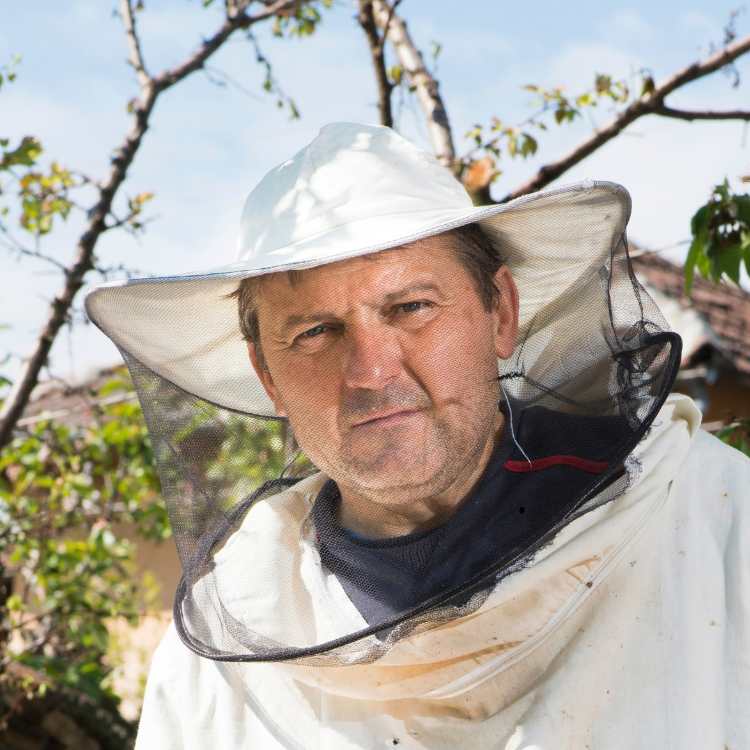Beekeeping as a whole has evolved over centuries and with it have the materials used for hive construction. And one of the recent hot debates we have found is choosing between wood and plastic bee hives. Although many favor the traditional wood structures, contemporary plastic alternatives come with a unique set of perks. So, how do both of these options match up? Let’s understand how each of these hives is going to perform in the real world.
The evolution of beehives
Long gone are the days when men had to go far and wide in search of cavities in trees to find beehives and extract honey. As honey became widespread, beekeepers started to use crafted wooden boxes to shelter honey bees. From wooden crafted boxes to modern plastic bee hives, the world has come a very long way and the transition from one material to another has always been driven by the need for efficiency and sustainability.
For centuries, wooden hives used to be the preferred choice that allowed bees to be comfortable with their natural nesting habits. However, beekeepers sought to refine these wooden hives to enhance their longevity. To do this, wax or paint was used to treat these wooden hives to protect them from the elements.
But as beekeeping expanded commercially, the demand for durable, low maintenance solutions led to the development of plastic bee hives.

The practical choice for beekeeping
If you go over the daily chores of a beekeeper, it can be boiled down to three major tasks: inspections, honey extraction, and maintenance. Here’s how both these options compare with each other.
-
Easy handling: Plastic bee hives are notably lighter than wooden options which makes the inspection and transportation much more manageable. Any beekeeper who is managing dozens of colonies will want a significant weight reduction and plastic bee hives can be the better choice in this case.
-
Assembly and maintenance: Unlike wooden hives, plastic bee hives do not need any assembly to set up, which can save a ton of time and labor.
-
Longevity: Wood is much more prone to deterioration from moisture, pests, and weather. Compare that to plastic bee hives, which are impervious to rot; they are going to offer a much longer lifespan.
The perspective of bees
No matter how much we talk about longevity or ease of handling, the true test of a hive's effectiveness is going to be completely dependent on how well it is able to support its community. Bees are known to be extremely adaptable, but their instincts generally favor the natural environments.
-
Hive acceptance: A recent survey shows that many beekeepers have found that bee colonies are initially hesitant to live in plastic bee hives. Plastic hives have very smooth and polished surfaces and these smooth inner surfaces are not able to mimic the rough textures of tree hollows or wooden hives. This also makes it quite difficult for the bees to cling to the walls of the plastic hives.
-
Temperature regulation: Wooden hives provide much better breathability for natural thermoregulation. Plastic, although durable, is going to trap moisture inside the hive and encourage the growth of mold, which in turn can lead to diseases like Nosema.

What does the future hold for beekeepers?
There is no doubt that the beekeeping industry is evolving. And as more and more people turn to this wonderful hobby, the need for sustainable and affordable options is going to be unavoidable. Plastic bee hives seem to be the solution that everyone seems to be favoring, although with some slight concerns. As manufacturing technologies grow, brands are working on designs that address ventilation concerns and enhance the overall comfort of the colony. At the same time, plastic production as a whole has its very own environmental implications, but that’s a topic for a different day.
In the end, the choice between wood and plastic bee hives boils down to personal beekeeping goals. If you are more of a hobbyist, the traditional wood hives are going to feel much more authentic and thus appealing. But if you are on the commercial end of the spectrum, you will surely learn to appreciate the longevity and efficiency of plastic. Either way, ensuring the health and well-being of bee colonies must be at the top of your priority list.Have you tried plastic bee hives? Share your thoughts with us. Learn more about the wonderful world of bees and the wonders of beekeeping from our complete blog here.





